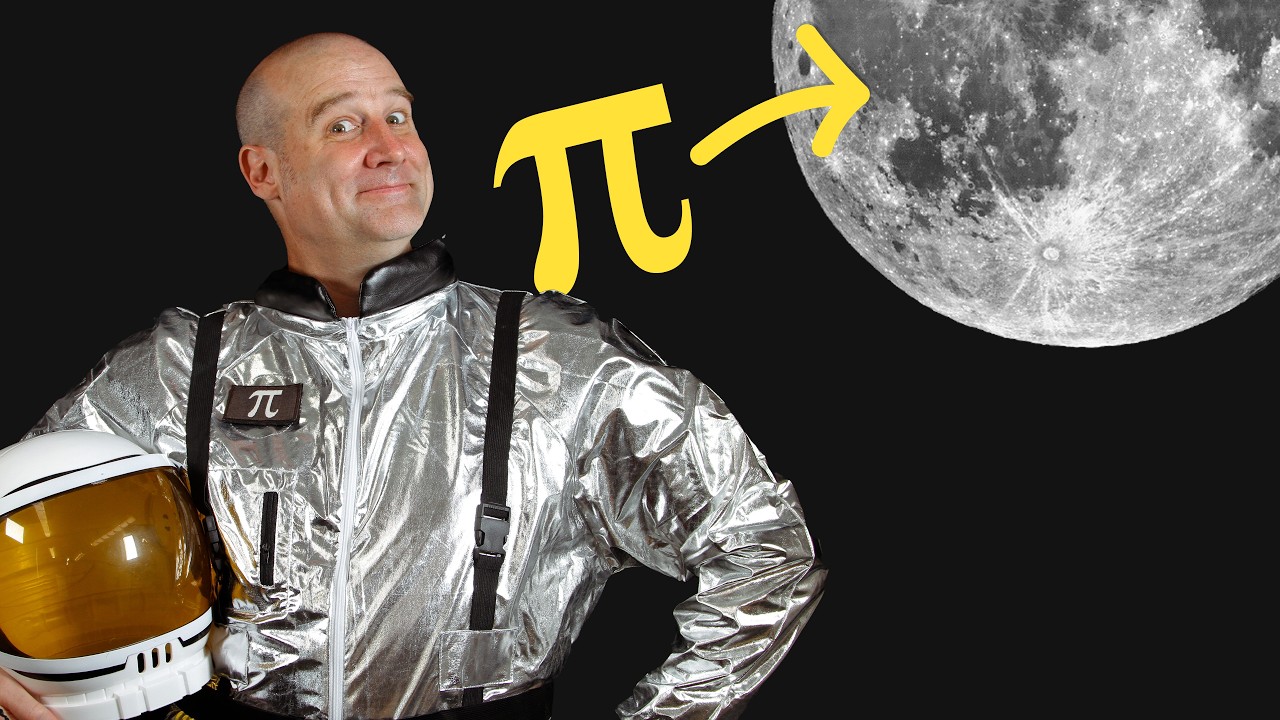The video explores the concept of calculating π on the Moon, highlighting the unique challenges and potential methods for measuring a circle’s dimensions in a lunar environment. It emphasizes the scientific and educational significance of conducting such experiments beyond Earth, combining mathematics with space exploration technology.
The video begins with an exciting premise: calculating the value of π on the Moon. It highlights the unique challenges and considerations involved in performing such a calculation in a lunar environment, where gravity, atmosphere, and other factors differ significantly from Earth. The presenter emphasizes that understanding π in different gravitational contexts can offer insights into fundamental physics and the nature of space exploration.
Next, the video explains the basic concept of π as the ratio of a circle’s circumference to its diameter. It discusses traditional methods of calculating π on Earth, such as geometric approaches, infinite series, and computer algorithms. The presenter then introduces the idea of adapting these methods for the Moon, considering how measurements might be affected by lunar conditions, such as lower gravity and the absence of an atmosphere.
The video then explores practical ways to measure a circle’s circumference and diameter on the Moon. It suggests using lunar rovers or astronauts to draw large circles on the lunar surface, then measuring their dimensions with specialized tools. The presenter discusses potential sources of error, such as surface irregularities and measurement precision, and how these could influence the accuracy of the calculated π value.
Following this, the video considers the implications of performing such a measurement in space. It touches on the importance of precise instrumentation and the potential for using laser measurements or other advanced technologies to improve accuracy. The presenter also mentions the educational and scientific value of conducting such experiments on the Moon, as it can serve as a demonstration of applying mathematical principles in extraterrestrial environments.
In conclusion, the video underscores the novelty and significance of calculating π on the Moon. It highlights how this endeavor combines fundamental mathematics with space exploration technology, offering a unique perspective on both. The presenter encourages viewers to think creatively about scientific experiments beyond Earth, inspiring future innovations in space science and exploration.
